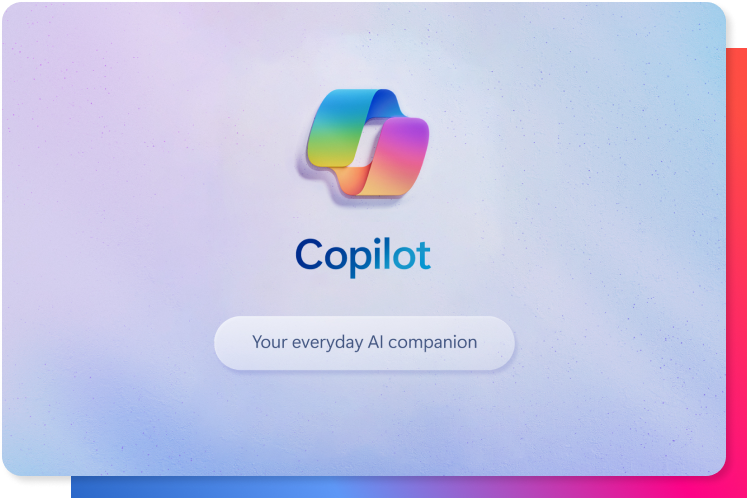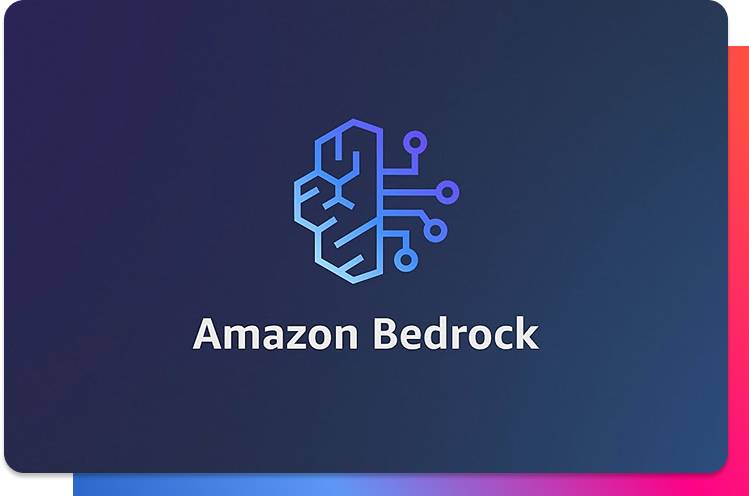Developing and launching a successful digital product is a complex endeavor. In an environment where 49% of companies lack a consistent product management process and 21% fail to meet customer needs, adopting a flexible and innovative approach is crucial.
Users who have an unsatisfactory experience when trying a new service for the first time are unlikely to become repeat customers and may even switch to competitors. Therefore, companies must adopt flexible, adaptive approaches that allow for ongoing refinement and responsiveness to market changes.
The necessity of a flexible development process
Traditional methods, which begin design implementation only after the product concept is fully determined, are no longer viable. Instead, modern companies continuously refine and shape their products even after initial implementation has begun. This approach allows for real-time adjustments based on new information, customer feedback, and technological advancements.
Key stages of digital product development
Digital product development encompasses several critical stages, each essential for creating high-quality, user-centric products.
1. Conceptualization and ideation
The process starts with identifying a problem or need that a digital solution can address. This stage involves conducting thorough market research, analyzing user behavior, and understanding the competitive landscape. Brainstorming sessions and techniques like problem analysis, benefit structure analysis, and SWOT analysis are employed to generate and refine potential solutions.
2. Research and market sensing
Advances in information technology now enable companies to sense customer needs in unprecedented ways. Leading companies use these capabilities to gather continuous feedback and insights. For example, Fiat leveraged a broad, external testing approach to gather user preferences for their Fiat Punto model. Customers provided detailed feedback on design preferences and suggested new features, allowing Fiat to incorporate these insights into the final product design.
3. Design and prototyping
Once the concept is defined, user experience (UX) and user interface (UI) designers create wireframes, mockups, and prototypes. Prototypes can range from low-fidelity (simplified layouts) to high-fidelity (detailed, interactive designs). High-fidelity prototypes closely emulate the final product, providing a clear vision of its look and feel. Tools like Figma or UXPin Merge allow designers to create interactive designs using production-ready code components, facilitating early communication between designers and developers.
4. Development and testing
The development phase involves building the product using various programming languages and frameworks. This phase includes coding, testing, and iterative refinement to ensure the product meets specifications and functions seamlessly. Modern development practices often involve continuous integration and deployment, allowing for rapid iteration and testing.
Several software tools are commonly used to manage this process effectively including Jira, GitHub, GitLab, Docker and Jenkins.
5. Launch and marketing
The final stage is launching the product to the intended platform, be it an app store, a website, or a software distribution platform. This phase also includes marketing and promotional strategies to create awareness and drive user adoption. Analyzing real-life statistics and user engagement metrics post-launch helps in making necessary improvements and adjustments.
Strategies for successful digital product development
To navigate the complexities of digital product development, companies must adopt several key strategies.
Building a cross-functional team
A successful development team comprises individuals from diverse backgrounds and skill sets, including developers, designers, marketers, and project managers. This diversity fosters collaboration and innovation, ensuring a comprehensive approach to product development.
Adopting Agile methodologies
Agile methodologies, such as Scrum and Kanban, break the development process into smaller, manageable sprints. This iterative approach allows for continuous feedback, quicker turnaround times, and faster time-to-market, significantly enhancing the efficiency and success of development projects.
Ensuring user-centric design
Prioritizing user needs and preferences throughout the development process is crucial. Conducting user research, usability testing, and feedback sessions ensures that design decisions are informed by real user insights, increasing the likelihood of creating a product that resonates with its intended audience.








 Español
Español